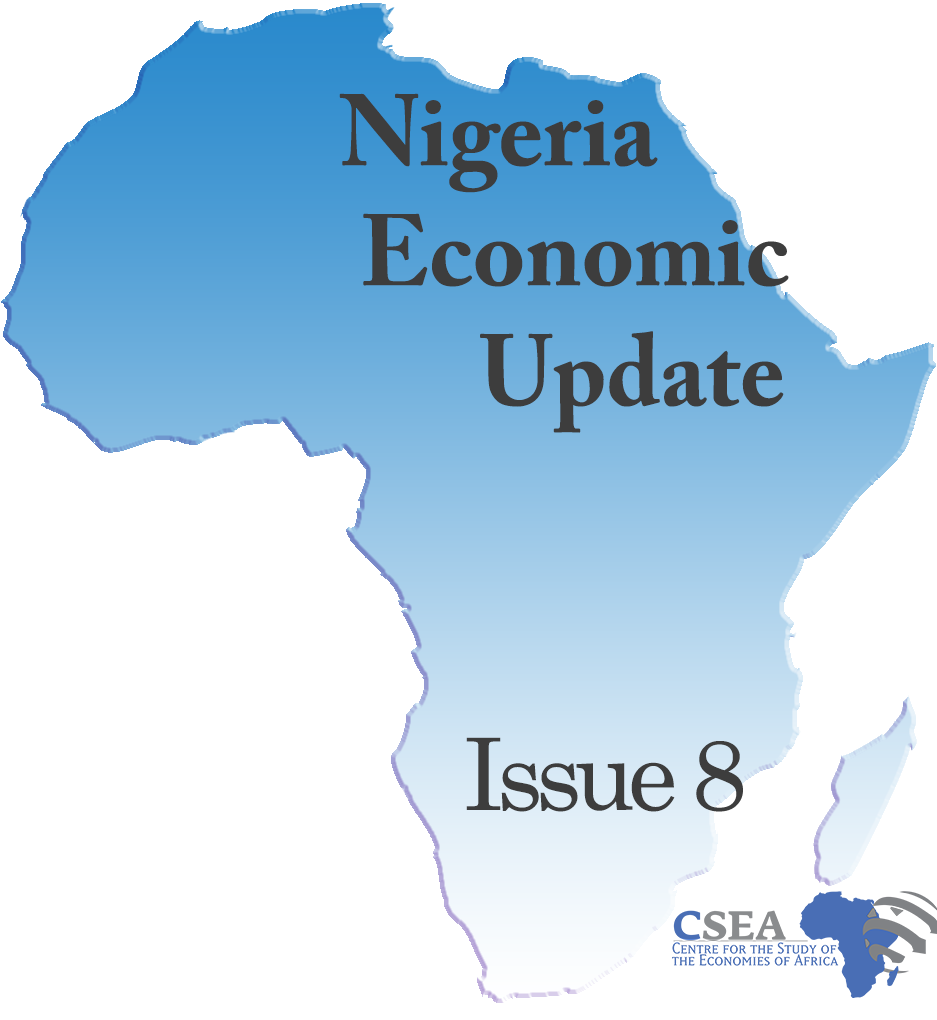The total amount of non-performing loans (NPL) of Nigerian banks declined for the year 2018, relative to 2017. At N1.79 trillion, the stock of NPL fell by 24.2 percent from N2.36 trillion in 20171. Also, gross loans as of the end of 2018 stood at N15.35 trillion, as against N15.96 trillion as at the end of 2017. The reduction in NPL shows that debtors may have relieved more of their indebtedness in 2018 compared to 2017; this may have been complemented by the Asset Management Company of Nigeria’s (AMCON) resolve to achieve its recovery mandate against erring debtors2. AMCON is saddled with the statutory responsibility, among others, of recovering the NPL hitherto disbursed by eligible banks to their customers. The decline in non-performing loans is expected to continue as the overconcentration of banking sector loans to the unpredictable and volatile oil and gas sector has been reduced to a great length. Monetary authorities should tighten mechanisms to ensure that commercial banks strictly adheres to the macroprudential guidelines that stipulate a 5 percent NPL benchmark.
Macroeconomic Report & Economic Updates

March 15, 2019
Nigeria Economic Update (Issue 8)
The total amount of non-performing loans (NPL) of Nigerian banks declined for the year 2018, relative to 2017. At N1.79 trillion, the stock of NPL fell by 24.2 percent from N2.36 trillion in 20171. Also, gross loans as of the end of 2018 stood at N15.35 trillion, as against N15.96 trillion as at the end […]
Read →
Related
Nigeria Economic Update (Issue 35)
Recent report in the media highlights that Nigerias
GDP has dropped to $296 billion in 2016, in contrast to the $481 billion
recorded in 20151 and Nigeria has lost its position as Africas
largest economy to South Africa. This conclusion was based on the computation
of GDP with current naira-dollar exchange rate. However, while the naira has
significantly lost its official value since the adoption of a flexible exchange
rate, estimating GDP merely with a single exchange rate figure (rather than its
yearly average) cannot be regarded as an appropriate method to conclude on Africas
largest economy.
Gross Domestic Product Growth Rate And Contribution To GDP (Transport Sector)
Gross Domestic Product Growth Rate: Growth in the sector which stalled in the second and third quarters of 2015 witnessed a considerable decline in 2015Q4; the stall in growth in 2015 is attributable
